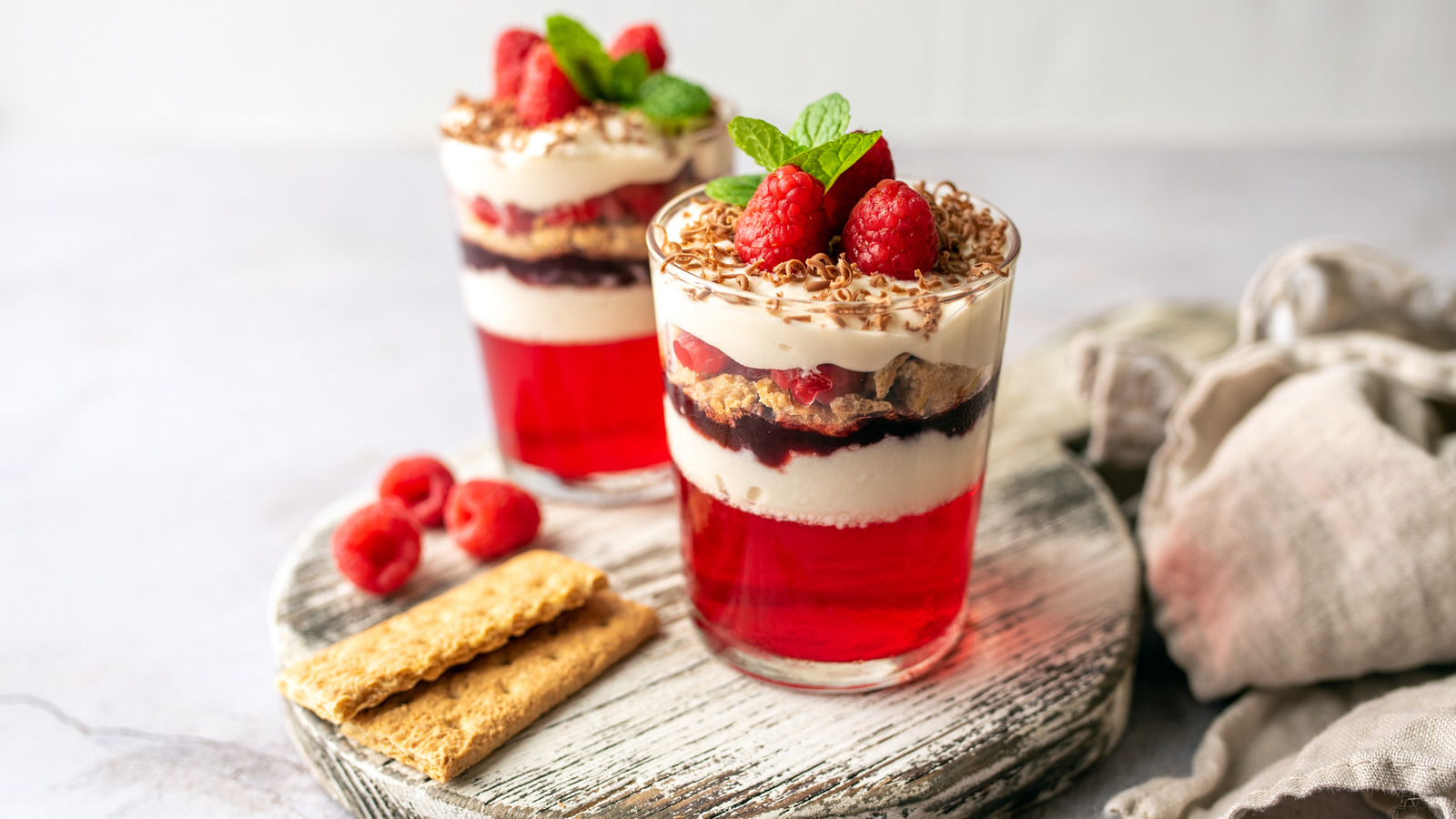
"In 1969, Kraft launched a dessert that looked like a magic trick: one packet of powder, three distinct layers. Called Jell-O 1-2-3, it promised three tantalizing textures - mousse, custard, and jelly - all separating neatly in the fridge without any extra tricky technique or work. The result was a parfait-like tower of pastels which would be spongy on top, creamy in the middle, and wobbly at the base. For a culture already leaning hard into convenience, it was a giant leap for mankind."
"What made the trick possible was the science of plain old gelatin, a protein derived from collagen that swells and sets when cooled. When you first whisked the mix gently, the gelatin dissolved evenly into the hot liquid. A follow-up blitz at high speed whipped air into the mixture, creating different densities of foam. As the dessert cooled, those densities naturally separated."
Jell-O 1-2-3 debuted in 1969 as a powdered dessert that separated into three layers—mousse, custard, and jelly—after stirring, whipping, and chilling. The layered effect relied on gelatin, a collagen-derived protein that swells and sets when cooled; vigorous whipping introduced bubbles that created different density strata which rose or sank during cooling. The finished dessert presented a parfait-like tower of pastel textures: spongy top, creamy middle, and wobbly base. Mid-century American food culture favored visually dramatic, convenience-oriented confections, and commercially boxed gelatin products democratized elaborate molded desserts previously associated with wealth and refinement.
Read at Tasting Table
Unable to calculate read time
Collection
[
|
...
]